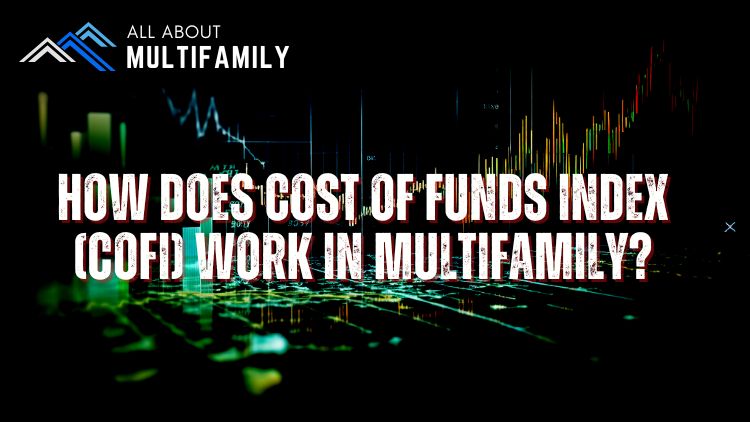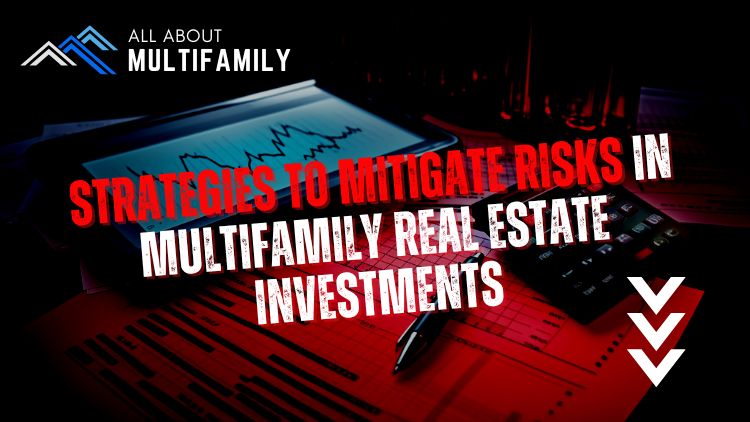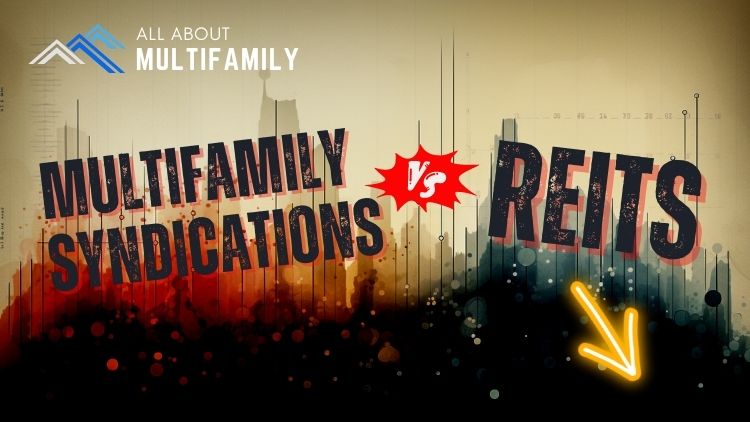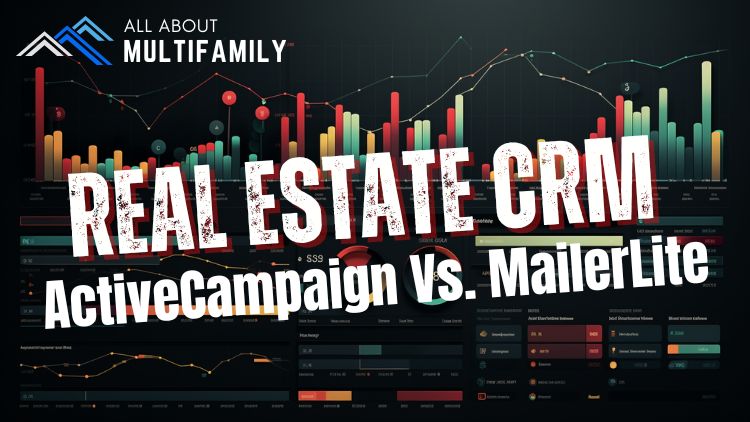Analyzing the rent roll of a multifamily property is a crucial step in assessing its financial performance and potential as an investment. The rent roll provides a detailed overview of the property’s rental income, occupancy rates, lease terms, and tenant information. In this comprehensive guide, we will walk you through the process of analyzing a multifamily rent roll, equipping you with the knowledge and tools to make informed investment decisions.
Understanding the Rent Roll
The rent roll is a document that provides a snapshot of the rental income and leasing activity of a multifamily property. It contains essential information about each unit, such as tenant names, lease start and end dates, monthly rent amount, and any additional charges or concessions. To analyze the rent roll effectively, it’s important to understand its structure and the metrics it presents.
Analyzing Key Metrics
Several key metrics within the rent roll offer valuable insights into the property’s financial performance:
- Gross Scheduled Income (GSI): This metric represents the total potential rental income if all units were fully occupied and tenants were paying the advertised rent. It gives you an idea of the property’s earning capacity.
- Effective Gross Income (EGI): EGI reflects the actual rental income after accounting for vacancies, concessions, and other factors that might affect the property’s revenue. It provides a more accurate measure of the property’s income-generating potential.
- Net Operating Income (NOI): NOI is the income generated from the property after subtracting operating expenses such as property taxes, insurance, maintenance costs, and management fees. It helps determine the property’s profitability and overall financial health.
- Capitalization Rate (Cap Rate): Cap rate is the rate of return on an investment based on the property’s NOI. It allows for comparison with similar properties and serves as a useful tool for evaluating investment opportunities.
By analyzing these metrics, you can gain a deeper understanding of the property’s financial viability and make informed decisions.
Assessing Tenant Stability
Tenant stability is a critical factor to consider when analyzing a rent roll. Review the information provided to identify long-term tenants who have been residing in the property for an extended period. A high percentage of long-term tenants indicates a stable occupancy rate and suggests that the property is desirable. On the other hand, a high turnover rate might raise concerns about management or property-related issues.
Evaluating Lease Terms
The lease terms outlined in the rent roll play a significant role in assessing the property’s rental income stability. Evaluate the lease duration, rental escalations, and any concessions or incentives offered to tenants. Longer lease terms and regular rent escalations contribute to a stable and predictable cash flow. Analyze the lease terms to identify potential risks or opportunities for rental income growth.
Identifying Rental Income Trends
Analyzing rental income trends over time can provide valuable insights into the property’s financial performance. Review the rent roll for patterns such as consistent rent increases, variations in rental rates between units, or potential vacancies impacting overall income. Understanding these trends helps you assess the property’s revenue stability and identify areas for potential improvement or optimization.
Case Study: Analyzing a Multifamily Rent Roll
To provide a practical example of analyzing a multifamily rent roll, let’s consider a case study of a 20-unit apartment building located in a growing metropolitan area. We will examine the rent roll and evaluate key metrics to assess the property’s financial performance and investment potential.
Rent Roll Analysis
The rent roll for the apartment building is as follows:
| Unit | Tenant Name | Lease Start | Lease End | Monthly Rent ($) | Other Charges ($) |
|---|---|---|---|---|---|
| 101 | John Smith | Jan 1, 2023 | Dec 31, 2023 | 1,200 | 50 |
| 102 | Sarah Johnson | Feb 1, 2022 | Jan 31, 2023 | 1,150 | 30 |
| 103 | Michael Brown | Mar 1, 2023 | Feb 28, 2024 | 1,300 | 60 |
| 104 | Emily Davis | Apr 1, 2022 | Mar 31, 2023 | 1,100 | 40 |
| 105 | Robert Wilson | Jan 1, 2023 | Dec 31, 2023 | 1,250 | 50 |
| … | … | … | … | … | … |
| 120 | Lisa Anderson | Feb 1, 2023 | Jan 31, 2024 | 1,200 | 40 |
Key Metrics Analysis
- Gross Scheduled Income (GSI): Summing up the monthly rent for all units gives us the GSI. In this case, the GSI is $25,500 per month ($1,275 per unit).
- Effective Gross Income (EGI): Taking into account vacancies and concessions, let’s assume a 5% vacancy rate, resulting in an EGI of $24,225 per month ($1,211.25 per unit).
- Net Operating Income (NOI): After deducting operating expenses, such as property taxes, insurance, and maintenance costs, let’s assume an annual NOI of $250,000 ($12,500 per unit).
- Capitalization Rate (Cap Rate): Assuming a market cap rate of 6%, we can calculate the property’s value by dividing the NOI by the cap rate. In this case, the estimated property value would be $4,166,667.
Tenant Stability Analysis
Upon reviewing the rent roll, we observe that 80% of the units have long-term tenants who have been residing in the property for more than two years. This indicates a relatively stable tenant base, reducing the risk of high turnover and potential income loss.
Lease Terms Evaluation
Analyzing the lease terms, we find that most tenants have signed one-year leases with rental escalations of 3% annually. This provides a predictable cash flow and allows for planned rent increases to keep up with market rates and inflation. Additionally, the rent roll indicates that tenants are responsible for covering certain charges, such as utilities and parking fees, resulting in additional income for the property.
Conclusion
Analyzing a multifamily rent roll is an essential step in evaluating the financial performance and investment potential of a property. By understanding key metrics, assessing tenant stability, evaluating lease terms, and identifying rental income trends, you can make informed decisions that align with your investment goals. Remember that thorough analysis and careful consideration are crucial when assessing a multifamily rent roll to maximize the potential returns














































![An In-Depth Look at Jake and Gino's Coaching Program [A Review]](https://allaboutmultifamilyinvesting.com/wp-content/uploads/2023/10/AAM-BMP-Blog-Covers-750-×-422px-6.jpg)


![Email Marketing Tips for Multifamily Real Estate Syndicators to Raise Capital [Templates included]](https://allaboutmultifamilyinvesting.com/wp-content/uploads/2023/09/AAM-BMP-Blog-Covers-750-×-422px-4.jpg)






![The Richest Kids In America [Book Review]](https://allaboutmultifamilyinvesting.com/wp-content/uploads/2023/09/AAM-BMP-Blog-Covers-750-×-422px-84.jpg)
















